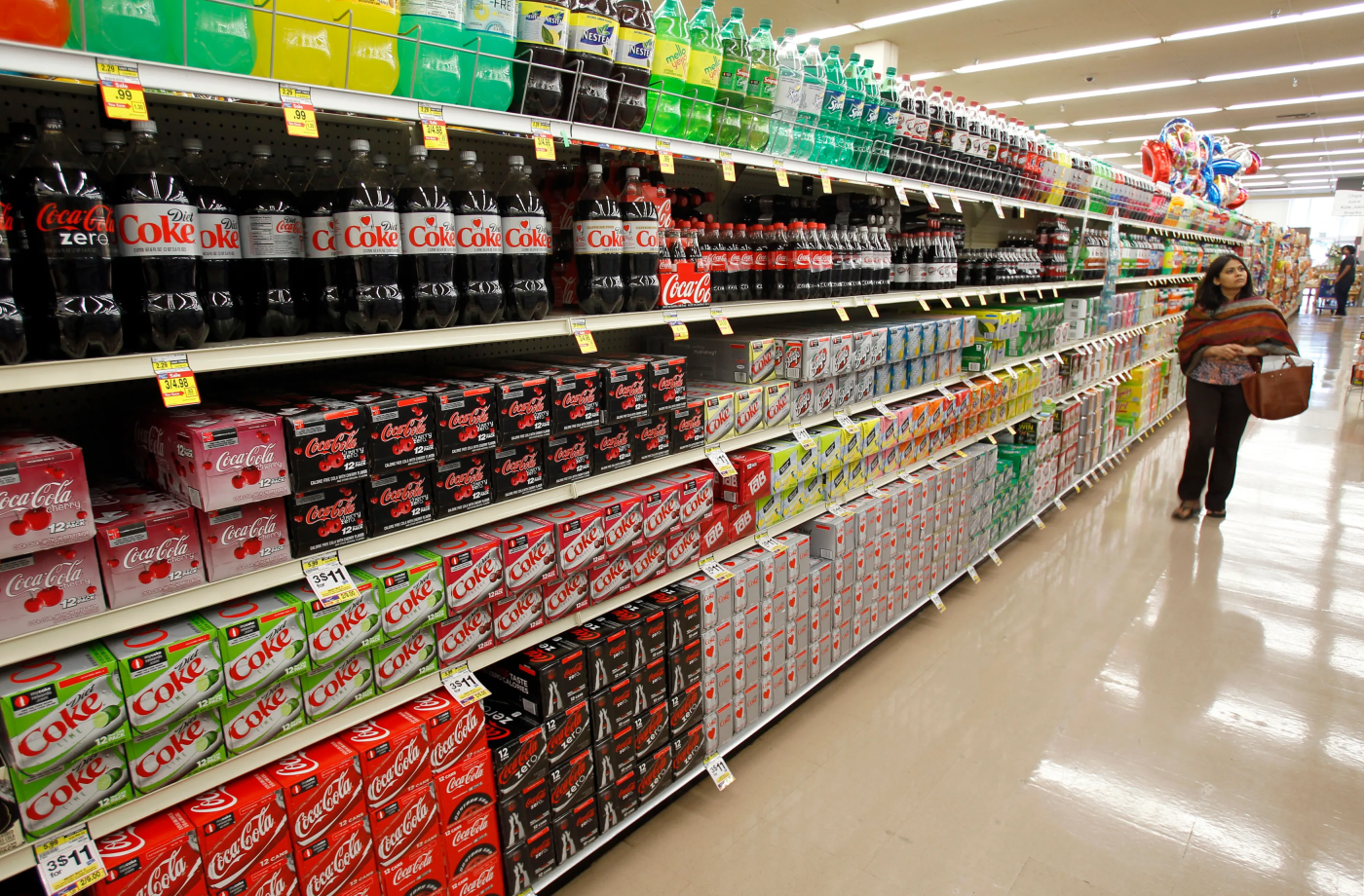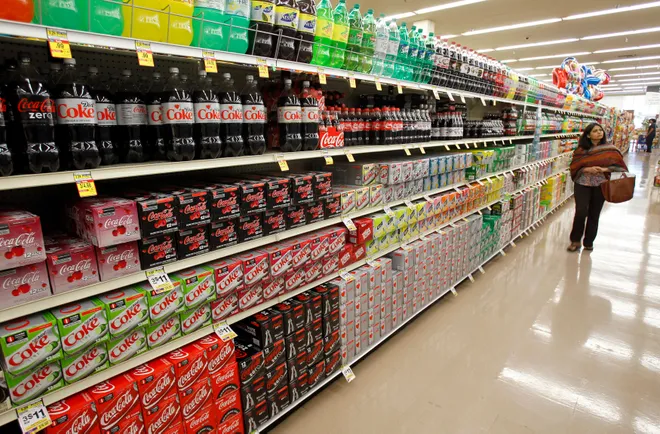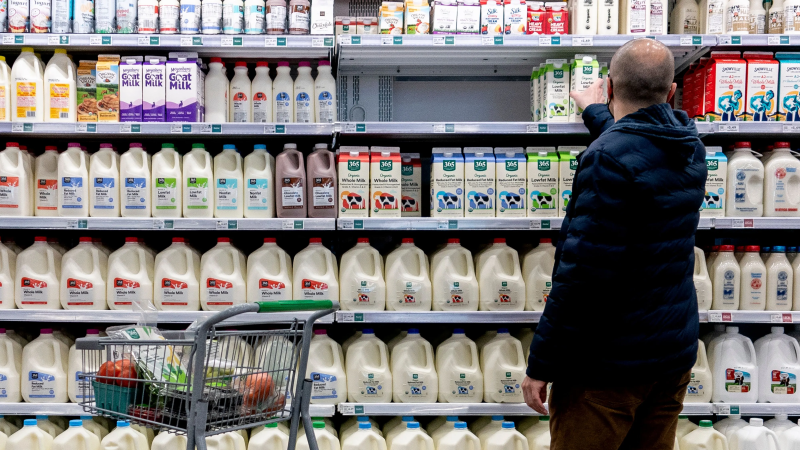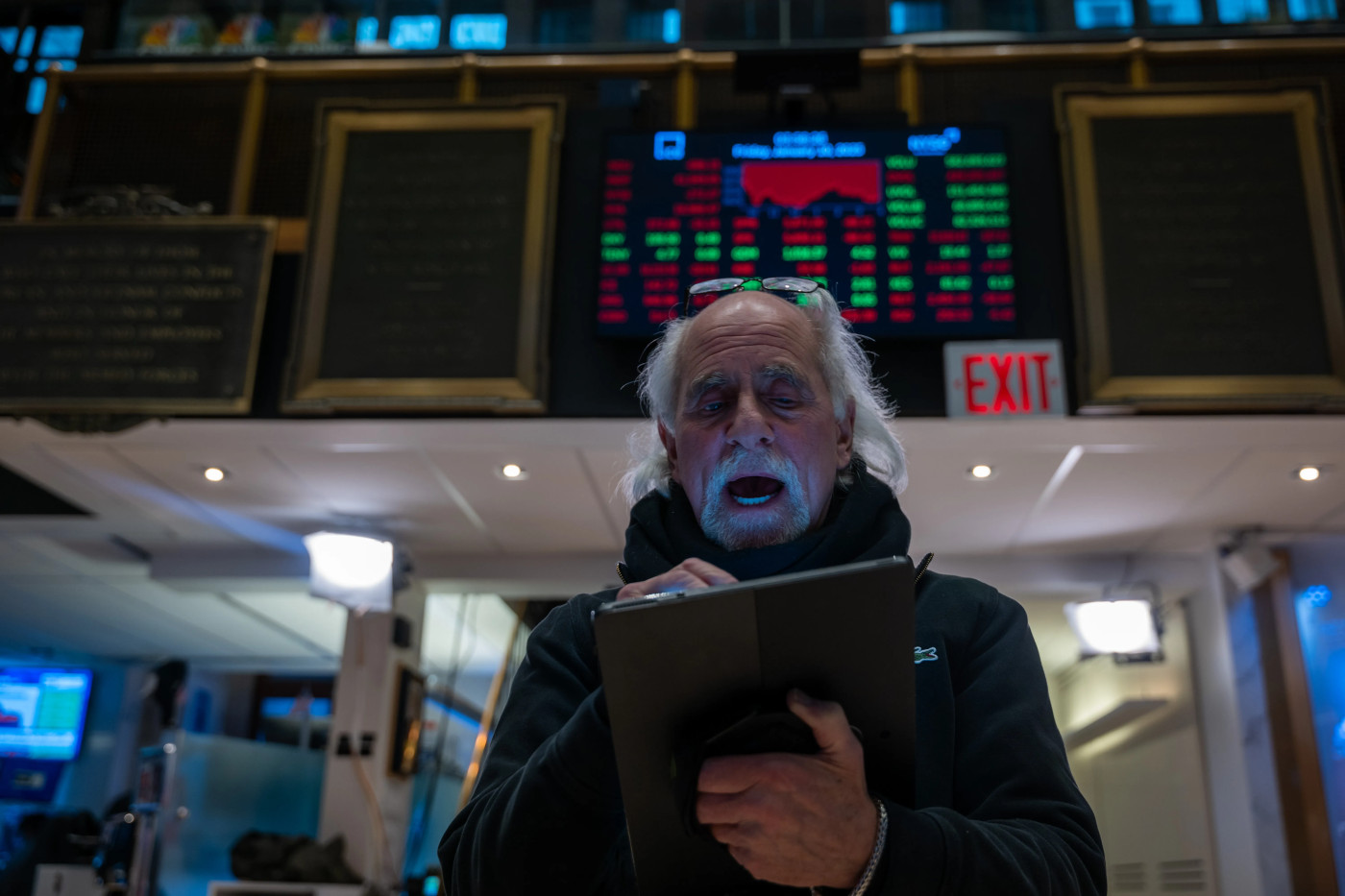
Inflation hit 7-month high of 3% in January. Here's what it means for Fed rate cuts
Inflation picked up for a fourth straight month in January amid another rise in in food and energy costs, possibly setting the stage for a year of halting progress in the battle to slow consumer price increases as President Donald Trump rolls out myriad import tariffs.
An underlying inflation measure also accelerated.
Some economists said the larger-than-expected price surge takes additional Federal Reserve interest rate cuts off the table until at least year's end. Others said the figures may not be as alarming as they appear because of measurement issues the government often faces early in the year.
Consumer prices overall increased 3% from a year earlier, up from 2.9% the previous month, according to the Labor Department’s consumer price index, a measure of goods and service costs across the U.S. That's the most since June and above the 2.9% expected by economists surveyed by Bloomberg.
On a monthly basis, costs jumped 0.5% – the most since August 2023 – up from 0.4% in December. Eggs and used cars were among the biggest contributors. Trump made lowering prices for U.S. households a centerpiece of his presidential campaign.

What is the meaning of core inflation?
Core inflation, which strips out volatile food and energy items and is watched closely by the Federal Reserve because it reflects more sustainable trends, climbed 0.4%, a 10-month high, following a 0.2% bump the prior month.
That pushed the annual increase back to 3.3% from 3.2% the previous month. Both inflation measures are still well above the Fed’s 2% goal.
What foods are increasing in price the most?
Grocery prices generally have been moderating after surging during the pandemic but they advanced a hefty 0.5% last month – the most since October 2022 – up from a 0.3% increase in December.
Last month, the cost of eggs soared 15.2%, the latest in a flurry of increases amid a two-year bird flu outbreak. Bacon jumped 4.1%; fresh fish and seafood, 1.6%; and chicken, 0.3%.
There was some good news. Breakfast cereal slid 3.3%; rice dropped 1.4%; and bread declined 1.7%.
Why are gas prices suddenly going up again?
Gas prices rose 1.8% and have crept up lately. Regular unleaded averaged $3.14 a gallon Tuesday, up from $3.06, according to AAA.
The prospect of tariffs has nudged crude oil prices higher, AAA said. Although the U.S. is the world’s largest oil producer, it still gets about half its crude from overseas, according to the Energy Department.
Will rent increases slow down?
There was some encouraging news.
Rent increased 0.3% for the second month, continuing a slowing trend and nudging down the annual increase from 4.3 to 4.2%, the smallest in nearly three years. Lower rents for new leases are finally making their way into rates for existing tenants.
That’s a significant development because housing costs have fueled inflation more than any other category, making up 35% of overall price increases in January.
Other service costs jumped last month. Car insurance rates, which vaulted higher due to sharply rising vehicle prices during the pandemic, increased 2% after showing signs of moderating.
Airline fares increased 1.2%; hotel rates; 1.4% and hospital services, 0.9%.
Among consumer goods, used car prices rose 2.2%, more than expected, but apparel costs fell 1.4% and appliances, 0.6%.
Is inflation expected to go down?
Inflation slowed through much of last year – falling as low as 2.4% from a 40-year high of 9.1% in mid-2022 – but it has remained stubbornly high since fall. The cost of services such as car insurance, auto repairs and health care have continued to rise in part because of the delayed effects of pandemic-related vehicle shortages or wage increases.
And some goods that were sliding in price after COVID-19-induced supply snags faded, like used cars, have started growing more expensive again.
The months ahead should bring some relief. Rent hikes, a big inflation driver, are likely to keep moderating and pay increases are poised to slow further, Barclays said.
But after potentially easing, inflation is poised to accelerate again the second half of the year, Barclays said. Trump has announced hefty tariffs on Chinese imports and steel and aluminum shipments, and has delayed levies on Canada and Mexico that may still take effect in early March.
More sweeping tariffs on a range of countries are likely as soon as this week, Trump has said, a strategy economists say would push up prices more sharply.
Barclays figures all the fees will boost inflation a half percentage point higher than otherwise this year, leaving it at 2.8% by December.
Ryan Sweet, chief U.S. economist of Oxford Economics, said it's unclear whether January's inflation rise "will give some in the Trump administration pause about moving forward quickly with some of the proposed tariffs."

How many times will the Fed cut rates in 2025?
The Fed lowered its key interest rate by a total percentage point at three meetings late last year but held it steady in late January as inflation remained stuck just below 3%. Wednesday’s report on consumer price increases almost certainly will lead Fed officials to hold the rate steady again at a mid-March meeting and delay further rate decreases.
Fed officials had forecast two rate cuts this year, the first likely coming in June. But Sweet now expects the Fed to stay on the sidelines until December. Futures markets now expect just one rate decrease toward the end of the year. And with the labor market still chugging along, some economists figure the Fed will forgo rate cuts in 2025.
"With President Trump threatening to impose wide-ranging inflationary tariffs, the Fed won't resume cutting interest rates this year," economist Paul Ashworth of Capital Economics, wrote in a note to clients.
Many forecasters expect U.S. companies to pass along most of the cost of Trump’s tariffs to consumers, giving the Fed more reason to keep rates higher for longer.
Some economists, though, believe tariffs amount to a one-time rise in prices and inflation should return to its cooling trend by next year.
Others say the levies could have ripple effects through the economy as they lift consumers' inflation expectations.
Yet Sweet and economist Samuel Tombs of Pantheon Macroeconomics noted the government has faced challenges seasonally adjusting the price data early in the year, overstating price increases.
"We recommend waiting for February's data," Tombs wrote in a research note.
(This story has been updated with new information.)

